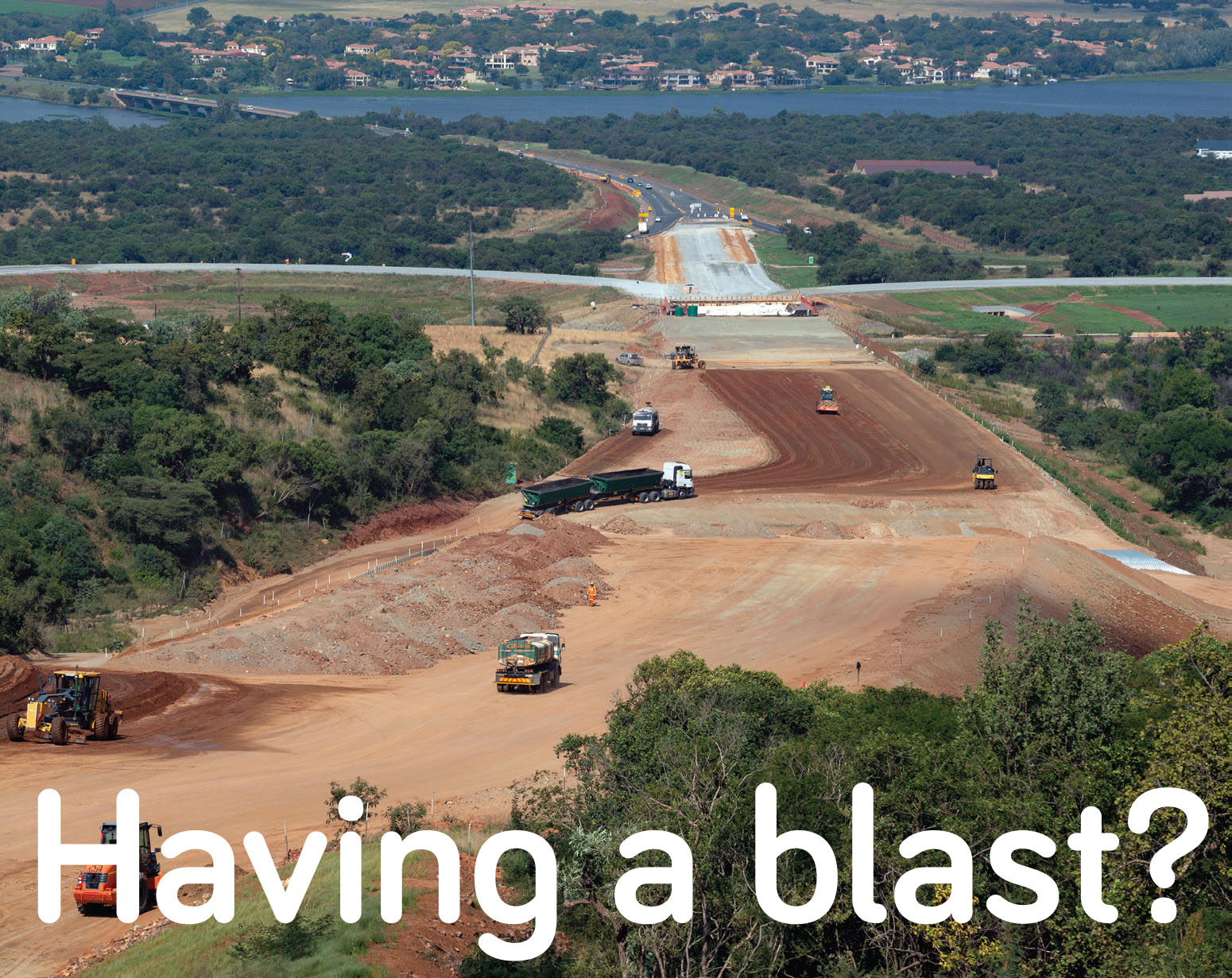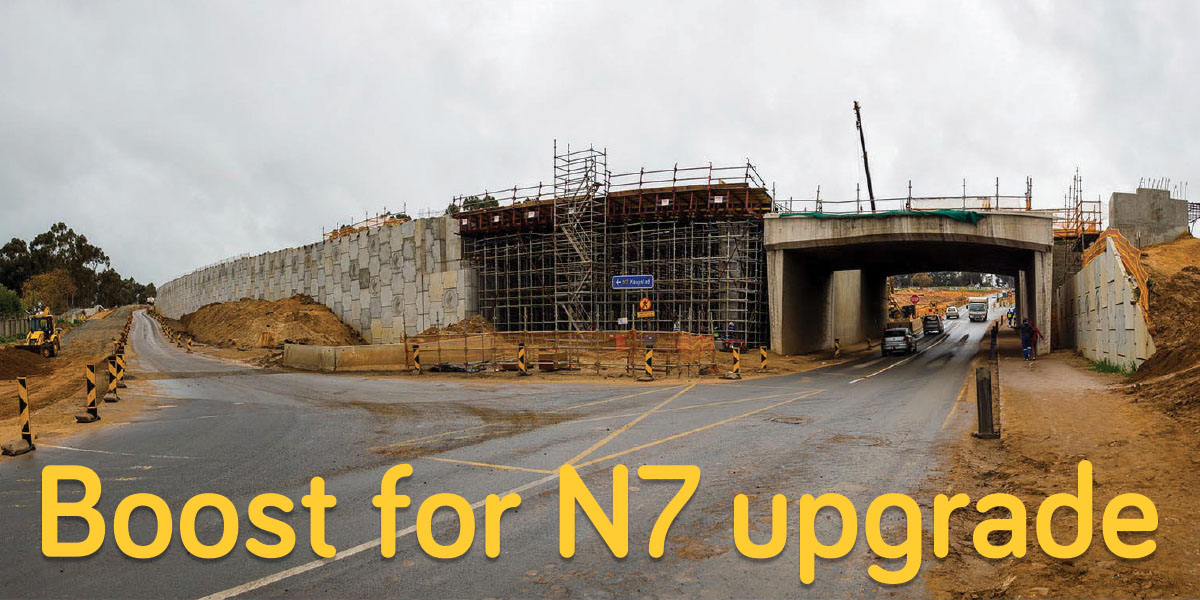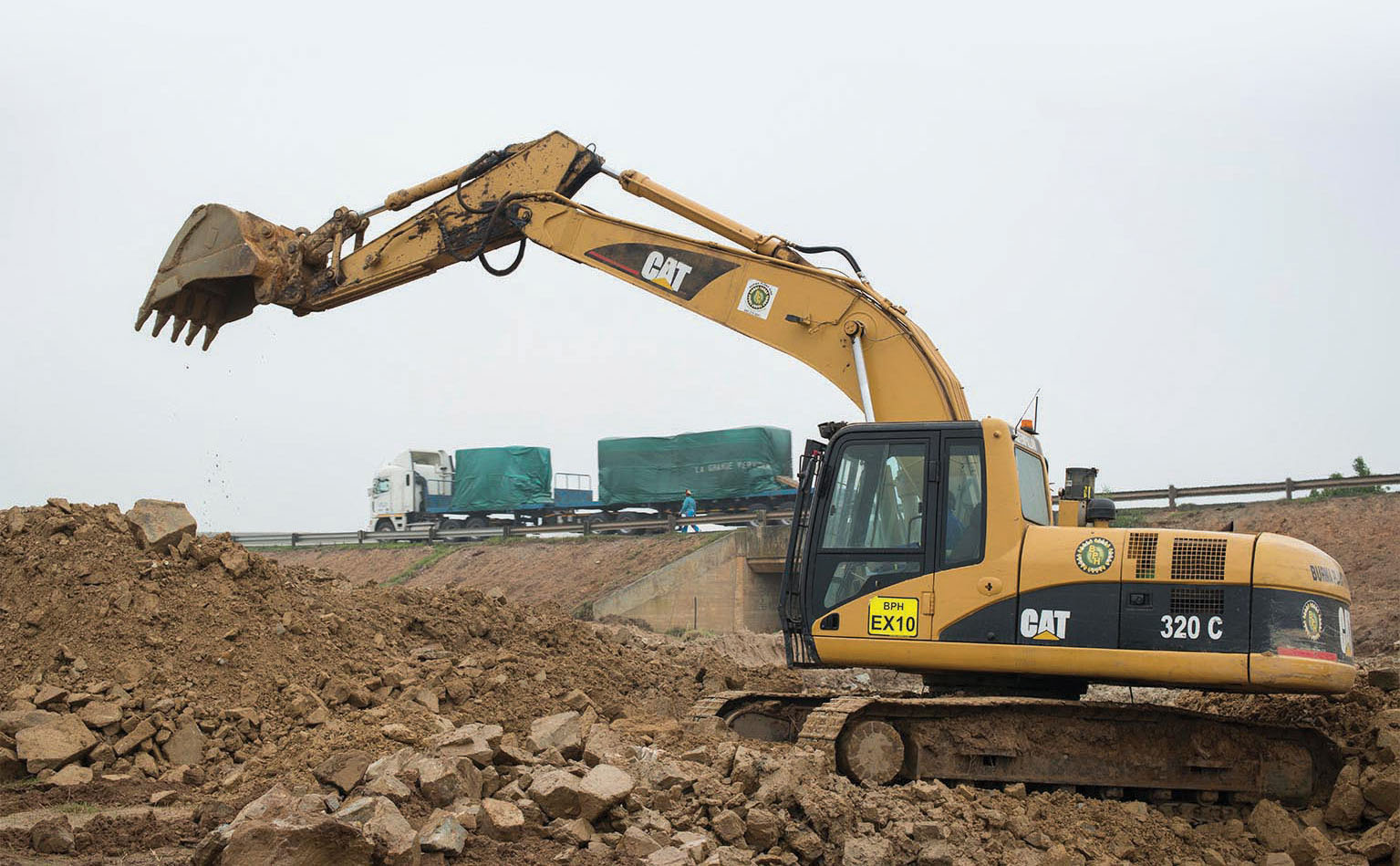Community at the heart of R573 upgrade
Communities living along the R573 – better known as the Moloto Road – have already been touched by the upgrading of this vital route through Gauteng, Mpumalanga and Limpopo.
Training and development have been provided to 135 small-, medium- and micro-enterprises (SMMEs) along with 185 non-governmental organisations from the Thembisile Hani local municipality.
As is always the case when jobs need to be filled, preference is given to local businesses along the route. This is in line with SANRAL’s Transformation Policy and its vision, Horizon 2030. The aim is to ‘remake’ the construction industry by ensuring that small businesses, preferably black-owned, are given a leg-up to enable them to become successful entrepreneurs and to acquire skills that will help them secure other contracts when their work for SANRAL is done.
The upgraded R573 will boost economic growth and tourism, which is one of the aims of the
project. But making the road safer for all users - pedestrians, cyclists, cars, taxis and trucks - is equally important.
To this end a number of traffic circles will be build along the route, with the aim of calming and directing traffic of all kinds. At the same time, the road safety awareness campaign will be intensified.
A further sign of progress is the plan to establish yet another Project Liaison Committee (PLC), in addition to two existing PLCs in Limpopo and one in Mpumalanga.
The establishment of a PLC is to ensure communication and transparency, and the committees strive to involve all communities in
the project and ensure that all benefit accordingly.
It is important to note that a PLC is not responsible for the appointment of contractors, suppliers or the recruitment of
local labour. This is done by the road agency only, which has to follow strictly laid-down procedures.
The PLC is a joint initiative between SANRAL and local municipalities.

There is not a lot of blasting on South Africa’s national roads. But, when there is, it is good to know that it is always handled by experts.
But why blast?
In technical terms, the majority of blasting is done to improve the horizontal and vertical alignment along a cutting. More simply, it is necessary when widening a road, smoothing out curves and improving sight distance, all of which are major contributors to better road safety.
SANRAL does not undertake blasting. Rather, the job is handled by a contractor who has a proper blasting licence and uses specialist blasting sub-contractors with safety personnel in attendance. Blasting is carefully circumscribed: It is the controlled use of explosives to break rock for excavation and to reduce the rock to a size suitable for use in road construction.
Before any blasting can commence, the area is cordoned off and all people, livestock and vehicles are moved to a point of safety.
Barricades are erected and are manned to prevent any movement back into the area.
It is then declared safe. The police are present to assist, the area is again checked and sirens are sounded.
After the blast, qualified personnel go back into the area to make sure all is safe. Debris is cleared, barricades and signage removed and only then is the road reopened for all.
Strict rules for blasting
Where and when it is necessary to do blasting to upgrade a road, strict rules apply. People living in the area where blasting will take place, as well as motorists, are warned well in advance. Nobody is allowed within 500m of the blast and safety personnel ensure that no individuals or vehicles enter the blasting area.
The most recent blasting took place on the R72 in the Eastern Cape near the Birah River and on the N6 between Rouxville and Smithfield in the Free State.

The upgrading of the N7 - which connects Cape Town with Namibia and runs all the way along the west coast – took a major step forward with the start of the third phase of the multi-phase, multi-year project. This phase includes reconstruction of some 9km around the Tierfontein Interchange at Abbotsdale near Malmesbury.
The first step will be to adapt the southern carriageway to two lanes, divert traffic on to it and then similarly develop the northern carriageway.
But getting the project underway wasn’t all smooth sailing. Joubert Swanepoel, resident engineer of ERO Consulting Engineers, said: “We’ve had our fair share of challenges, particularly with the ground water table being incredibly high, resulting in us having to do significant subsoil drainage and source large quantities of rock fill.”
The value of the project is R760 million, of which R40 million is earmarked for the employment of local labour and R130 million for the development of 11 emerging sub-contractors.
Randall Cable, SANRAL Western Region Manager, says that SMME contractor development is a key priority for the roads agency. “It is in line with our commitment to building the country’s knowledge economy through skills transfer and knowledge-sharing.”
